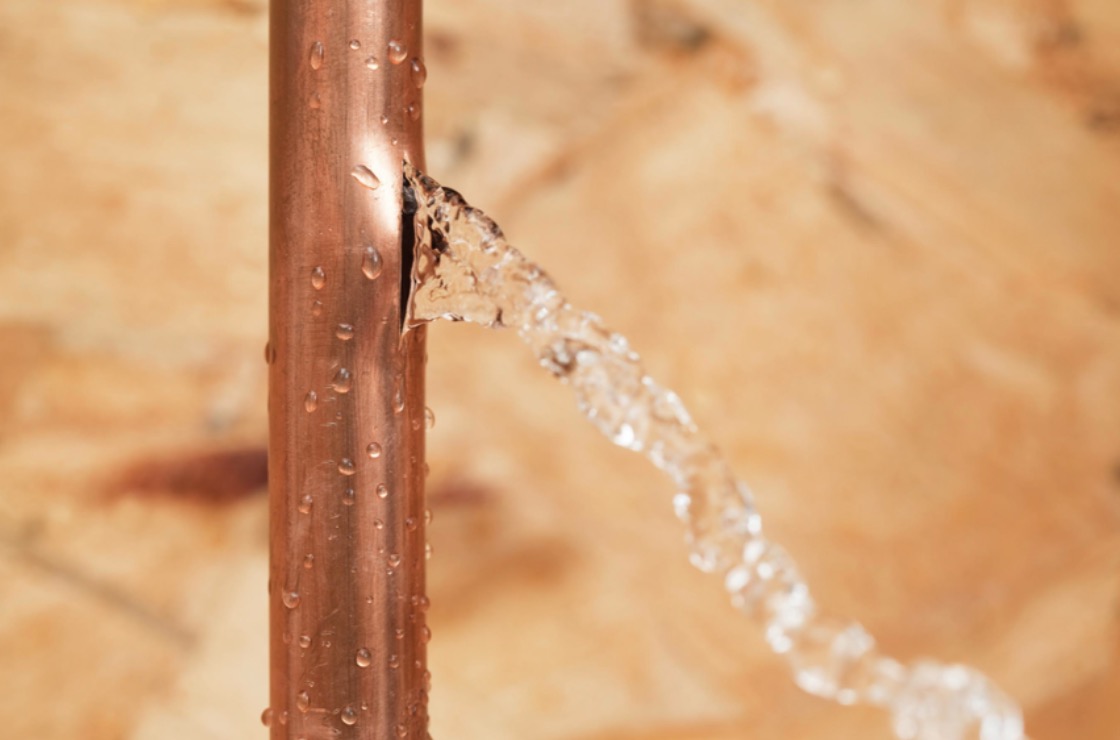Expose Typical Causes of Leakage Inside The House
Expose Typical Causes of Leakage Inside The House
Blog Article
We've discovered this great article about Common Water Leaks In House below on the web and felt it made good sense to talk about it with you here.

Leakages not only trigger waste of water yet can also cause unneeded damages to your home and advertise unwanted organic development. Water leakages might go undetected because many of the pipework in our house is concealed. By looking as well as recognizing for everyday scenarios that cause leaks, you can shield your home from future leaks and also unnecessary damage. Today, we will look at six leakage triggers that might be triggering your pipelines to drip.
Intruding roots
Many water leaks begin outside your house instead of inside it. If you discover a sudden decline in water stress, say in your faucet, take some time to go out and also examine your yard. You may notice damp patches or sinkholes in your backyard, and that could imply that tree origins are getting into water lines creating water to leak out. You can have your plumber look for intrusion, specifically if you have trees or bushes near your home.
Corroded water supply
This may be the cause of discoloration or warping on your water pipes. If our plumbing system is old, consider replacing the pipelines since they are at a higher risk of rust than the more recent designs.
Defective Pipe Joints
Pipe joints can weaken over time, resulting in water leaks. If you have loud pipelines that make ticking or banging sounds, particularly when the hot water is transformed on, your pipeline joints are most likely under a lot of stress.
Instantaneous temperature changes.
Severe temperature adjustments in our pipelines can cause them to broaden and get all of a sudden. This expansion and also tightening may trigger splits in the pipes, especially if the temperature are below freezing.
Poor Water Connectors
Sometimes, a leak can be caused by loosened pipes and also pipelines that supply your appliances. Typically, changing is what creates the loosened water Links. You could find when it comes to a cleaning equipment, a hose may spring a leak due to trembling throughout the spin cycle. In case of a water connections leak, you may see water running straight from the supply line or pools around your appliances.
Blocked Drains
Obstructed drains pipes may be irritating and inconveniencing, yet they can occasionally wind up creating an overflow causing break pipelines. Maintain eliminating any materials that may drop your drains that can clog them to avoid such hassles.
All the above are causes of leakages but not all water leaks result from plumbing leaks; some leakages might come from roof covering leakages. All leakages need to be repaired right away to stay clear of water damages.
Leaks not just cause waste of water but can also trigger unneeded damage to your residence as well as advertise unwanted natural development. By looking as well as comprehending for daily circumstances that trigger leaks, you can safeguard your house from future leakages as well as unnecessary damages. Today, we will look at six leak triggers that might be causing your pipes to leak.
At times, a leakage can be triggered by loosened tubes as well as pipelines that provide your devices. In case of a water connections leak, you might see water running straight from the supply line or puddles around your devices.
How To Check For Water Leak In Your Home
How To Check for Leaks
The average household's leaks can account for nearly 10,000 gallons of water wasted every year and ten percent of homes have leaks that waste 90 gallons or more per day. Common types of leaks found in the home are worn toilet flappers, dripping faucets, and other leaking valves. These types of leaks are often easy to fix, requiring only a few tools and hardware that can pay for themselves in water savings. Fixing easily corrected household water leaks can save homeowners about 10 percent on their water bills.
To check for leaks in your home, you first need to determine whether you're wasting water and then identify the source of the leak. Here are some tips for finding leaks:
Take a look at your water usage during a colder month, such as January or February. If a family of four exceeds 12,000 gallons per month, there are serious leaks.
Check your water meter before and after a two-hour period when no water is being used. If the meter changes at all, you probably have a leak.
Identify toilet leaks by placing a drop of food coloring in the toilet tank. If any color shows up in the bowl after 10 minutes, you have a leak. (Be sure to flush immediately after the experiment to avoid staining the tank.)
Examine faucet gaskets and pipe fittings for any water on the outside of the pipe to check for surface leaks.
Undetected water leaks can happen without the home or business owner even realizing. If you suspect a water leak, but not able to find the source. It is time to contact a professional water leak detection service, The Leak Doctor.
How To Find a Water Leak In Your Home
https://www.leakdoctor.com/blog/How-To-Check-For-Water-Leak-In-Your-Home_AE197.html

I'm certainly very drawn to How to detect water leaks in your home and I really hope you appreciated my entry. If you appreciated our blog post kindly remember to share it. Thank you for taking the time to read it.
Plumbing insights available. Report this page